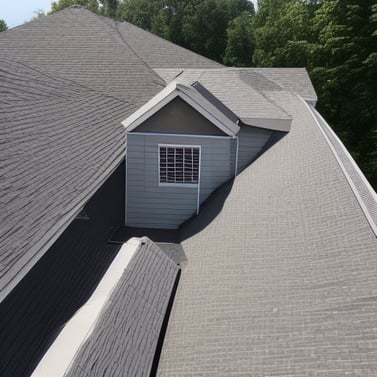When you’re hiring a roofing contractor for your home, it’s important to hire a contractor with experience and good customer service. Quality makes a difference!
Roofing contractors that have been around for many years, that are invested in their business and in their customers, will work hard to treat their customers right. After all, it’s their customers that make their business a success.
If you’re looking for a good contractor, it helps to know what you’re looking for. The following seven qualities can tip you off that you’ve found the right contractor for your needs.
1. They Treat Your Home Like It’s Their Home
Roof repair and replacement is a messy job. The best contractors treat your home like their own. They take care to protect the job site, and when the work is over, they’ll clean up the remaining mess.
In fact, you should be able to find information about the clean-up process in the contract or paperwork from the roofer. You know that you’ve found a good contractor when they can tell you in writing that they’ll clean up their messes when the work is over.
2. They Have a Great Reputation
Reputation is important. A roofer with a good reputation is a roofer that has treated their customers right. How can you tell if a roofer has a good reputation?
Positive reviews online are a good place to start. Read the negative reviews too. You can tell which contractors have repeated problems with customers, because you’ll be able to see patterns in the online reviews.
Referrals from friends and family are great indicators of quality work, as well. If you know someone who recently replaced the roof on their home, find out if they liked their contractor. If they did, ask for a referral.
3. They’re Smart, and Knowledgeable
You’ll be able to tell when you’ve found a good roofer because they should be willing to offer input during the consultation process. They may point you in the direction of certain types of materials to help you meet your goals, or they may give you information about how long you can expect your current roof to last.
4. They Listen and Take Notes
Good communication skills are a must for any roofing contractor. Look for a contractor that appears to be taking notes during the consultation, and has a lot of questions to ask about your budget, timeline, etc.
The best roofers provide regular updates once you’ve signed the contract, either by checking in over email, over the phone or even with a quick text. They should also be available for questions and concerns as your questions come up.
5. They Have a Stable Team
Find out what you can about the roofer’s team when you’re meeting for your initial consultation. Is the entire team new? Have the members of the team been around a long time? A stable team indicates a stable company, and that’s good for you as a customer.
Remember that contractors that have a stable team also may have spent more time training their team members, which means that they’re less likely to make mistakes or have accidents on your job site.
6. They are Honest and Trustworthy
The contractor you hire should be willing to share information about their license, certifications and insurance. You may be able to find this information on their website, but if not, ask them during the consultation. Their website should have all of their contact info, including a mailing address. Transparency is the hallmark of a good contractor!
7. They Love to Show Off Their Finished Roofs
In addition to references, contractors should be happy to show you completed projects. Ask your roofing contractor to show you pictures of completed jobs. The best contractors may have hundreds of pictures of completed projects that they’re proud to have been a part of.…










